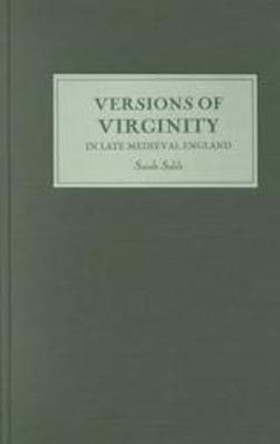This book draws on architectural and archaeological analysis to consider the form, function, use and meaning of late medieval lodging ranges. While we know a great deal about most elements of the late medieval great house, we understand very little about their lodging ranges, and even less on their contributions to the lived experience of the household and wider society. Why were lodging ranges built, for example, and how were they used? It is this gap in our knowledge which the present book aims to fill. It draws on archaeological and architectural analysis of lodging ranges to show that they were some of the finest living spaces within the great house, built as accommodation for high-ranking members of the household. Their low-, even single-, occupancy rooms, accessible via individual doors, were innovatory, showing how the idea of privacy developed. The explicit displays of uniformity upon the lodging ranges' symmetrical facades were juxtaposed with variations within. Surviving lodging ranges (including Wingfield Manor, Middleham Castle and Dartington Hall) are examined, alongside the lost example of Caister Castle, demonstrating how lodging ranges simultaneously reflected and shaped medieval life; the author argues that their very form and stones, and their manipulation of space, enabled them to have multi-faceted functions, including the representation of multiple and even conflicting identities.
About the AuthorSARAH KERR is a medieval archaeologist and heritage specialist who has worked across Western Europe. She is a lecturer in archaeology and a member of the Radical Humanities Laboratory, University College Cork, Ireland.
Book InformationISBN 9781783277575
Author Dr Sarah KerrFormat Hardback
Page Count 278
Imprint The Boydell PressPublisher Boydell & Brewer Ltd
Weight(grams) 1g









